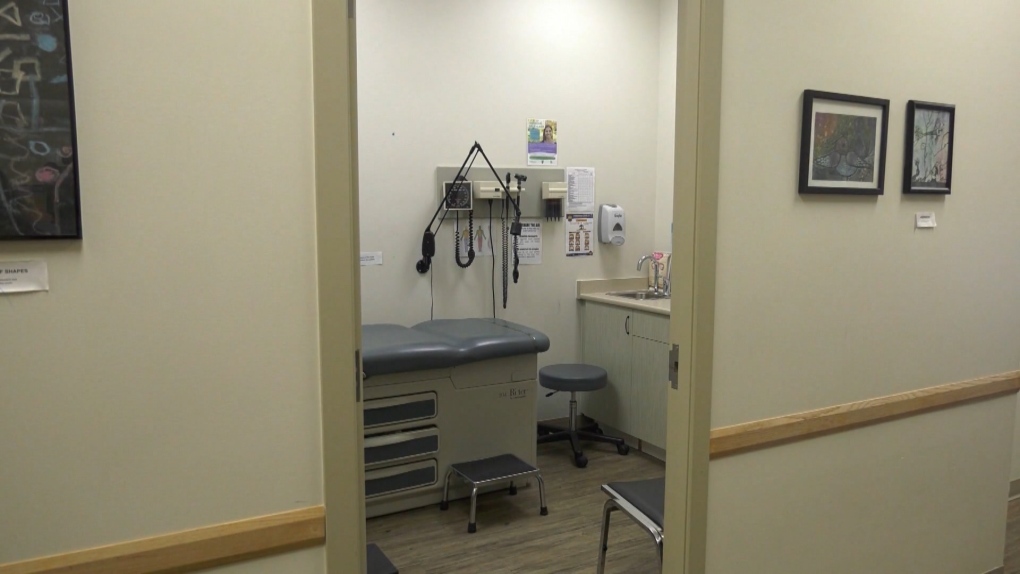The B.C. government, in partnership with Doctors of B.C., has released details about its new payment model for family doctors, a plan that could reshape primary care across the province.
Payment details of “The Longitudinal Family Physician Payment Model” were distributed to family doctors on Friday. The payment model includes compensating doctors for their time, patient interactions, and the complexity of patient needs.
Dr. Joshua Greggain, president of Doctors of B.C. and a family physician, said the plan will help alleviate the health-care crisis.
“We really feel like by lifting up family medicine, our primary care, and leaning into team-based care, the expectation and the aspiration is that everything will get better in due time,” he said. “This is an opportunity to transform the health-care system by simply flicking a switch.”
Under the previous fee-for-service model, doctors were not paid for the time they spent doing paperwork, reviewing lab results or updating patient charts. That will change come Feb. 1 when the new payment model is implemented.
The payment model will see family physicians paid roughly $130 per hour for the time they spend working, whether they’re meeting with patients in person or virtually, reviewing test results, or managing their practice.
Physicians will also still bill the province for each patient interaction, receiving between $25 and $110 depending on the type of interaction.
An annual “panel payment” for each patient a family doctor looks after will also be paid, with the payment for a patient of “average complexity” netting about $34 per year. The payment will be higher or lower depending on each patient’s actual complexity.
The province first announced the payment plan in October. Full-time doctors will receive about $385,000 per year under the new model, up from $250,000 currently, according to the province.
That increase is expected to make a significant difference, since doctors in B.C. must find and lease their own space, hire their own staff and source their own equipment.
In B.C., Greggain said, there are about 6,500 family physicians, roughly 3,500 of whom do the kind of “longitudinal care” – looking after the same patients for many years – the model is designed for.
During the pandemic, he said, many doctors were either retiring early or leaving to work in other provinces where the payment structure made financial sense. He’s hoping the plan will entice doctors to come back to B.C. and rejoin family medicine





